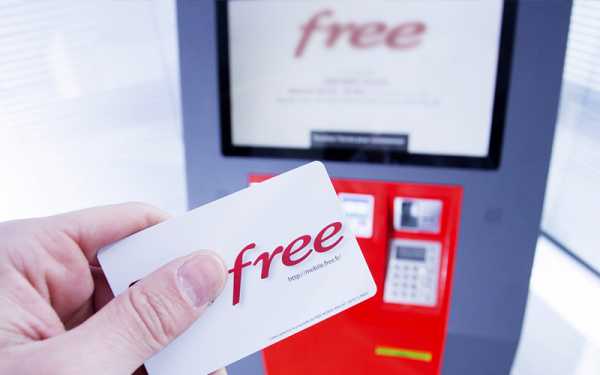by Tamara Haslam, UK Sales Director
Across the retail, hospitality and leisure industries, self-service is all the rage. From supermarket checkouts to restaurants, car parking ticket machines to cinemas, more and more businesses are looking to give customers the option to help themselves when it comes to purchasing and payments. At the heart of this trend is a particular piece of technology widely referred to simply as – the kiosk.
Self-service kiosks have been around a long time, most obviously in the form of ATMs. But recent developments such as the touchscreen and advanced user interface software mean that kiosks are now reliable and sophisticated enough to provide outstanding customer experiences across a huge range of businesses.
If you are new to the idea of kiosks, in this blog we will provide a quick overview of where and how they can be used, how they operate and what the benefits to your business might be, helping you to make an informed decision on whether it is time to introduce them in your organisation.
Where are kiosks used?
The principle behind a self-service kiosk is straightforward – to provide customers with a means of carrying out actions independently which they would otherwise need a member of staff to complete. The most common uses are as self-service payment systems and information points.
Some specific examples include:
- Grocery self-service checkout lanes
- ATM cash machines
- Automated ordering points in restaurants and some retail outlets – McDonalds and Argos are good examples
- Product customisation in retail, for example to add your own name to a replica football shirt
- Car parking machines
- Cinema and theatre ticketing
- Information points and interactive displays at events and exhibitions
- Photobooths
- Cashless catering, for example in schools and works canteens.
- Self-service check-in at airports.
- Unmanned ticket machines and collection points at railway stations and bus terminals.
This list is by no means exhaustive, and as kiosk technology has developed, the number of applications has increased exponentially. Now the potential uses across any customer-facing operations are restricted only by your imagination.
How kiosks work
The earliest self-service kiosks, as seen in ATMs, supermarket checkouts and photobooths, for example, tended to be bespoke, purpose-built pieces of equipment intended for one specific use.
Nowadays things are much more flexible. As long as you have two basic components – a touchscreen device/terminal and appropriate interface software – you can more or less build a kiosk to suit whatever purpose you need.
To illustrate this level of flexibility, many businesses are now using ordinary tablets to create self-service kiosks. However, at AURES we manufacture a range of panels PC products specifically for use in kiosks. The Yuno Kiosk range comes in four touchscreen sizes – 15”, 15.6”, 22” and 27”.
The main benefits these have over tablets is bigger screens for easier use and more robust, durable construction. The powerful fanless processors pack a mean punch in terms of all-round computing performance and are capable of running the most resource-intensive software.
They are designed to be mounted in a variety of ways in permanent or temporary kiosk settings, and their energy efficiency and heat-dissipating aluminium chassis mean they can run constantly over extended periods of time without undue power consumption.
Along with hardware, the other ingredient you need is the right software. Depending on what you want to use it for, there are hundreds of specialist suppliers out there developing high quality user interface programmes for self service, whether it is to plug into your POS system or provide an information resource for looking up product information etc.
As well as niche service providers, the biggest software developers such as Microsoft and Google are now also onboard with kiosk platforms, providing ways to self-create your own kiosk in the likes of Windows 10 and Chrome.
What are the benefits of kiosks?
In an age when consumer choice is one of the big buzzwords in business, self-service kiosks provide an extra option to your customers for how they access service. Research suggests that in many situations, people prefer self-service to having to ask for help from a member of staff.
As this is a trend which seems to have developed in tandem with internet use and online shopping, you could argue that kiosks help to align the on-premise customer experience with the expectations consumers have around independence and flexibility online.
There are also clear operational benefits for businesses. Kiosks can be used to automate the most routine aspects of customer service – simple sales and order processing, for example, freeing staff to take care of the things that add more value. Time saved on putting purchases through a POS system creates time to interact with customers, focusing on personalising the experience, cross-selling and up-selling etc.
When empowering your customers means creating space to deliver a higher level of service, you could definitely say it is a win-win option all round.




